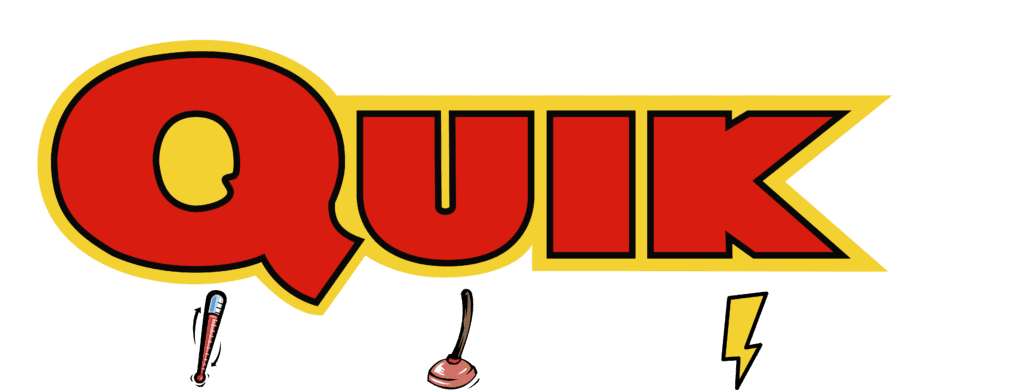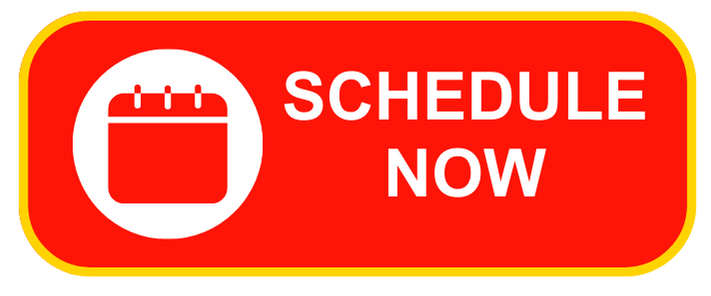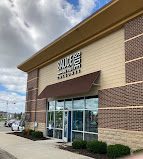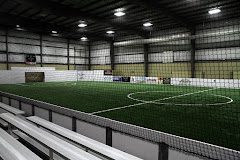Carmel Duct Sealing
Schedule on your own without making a call. Click the button below to get started!
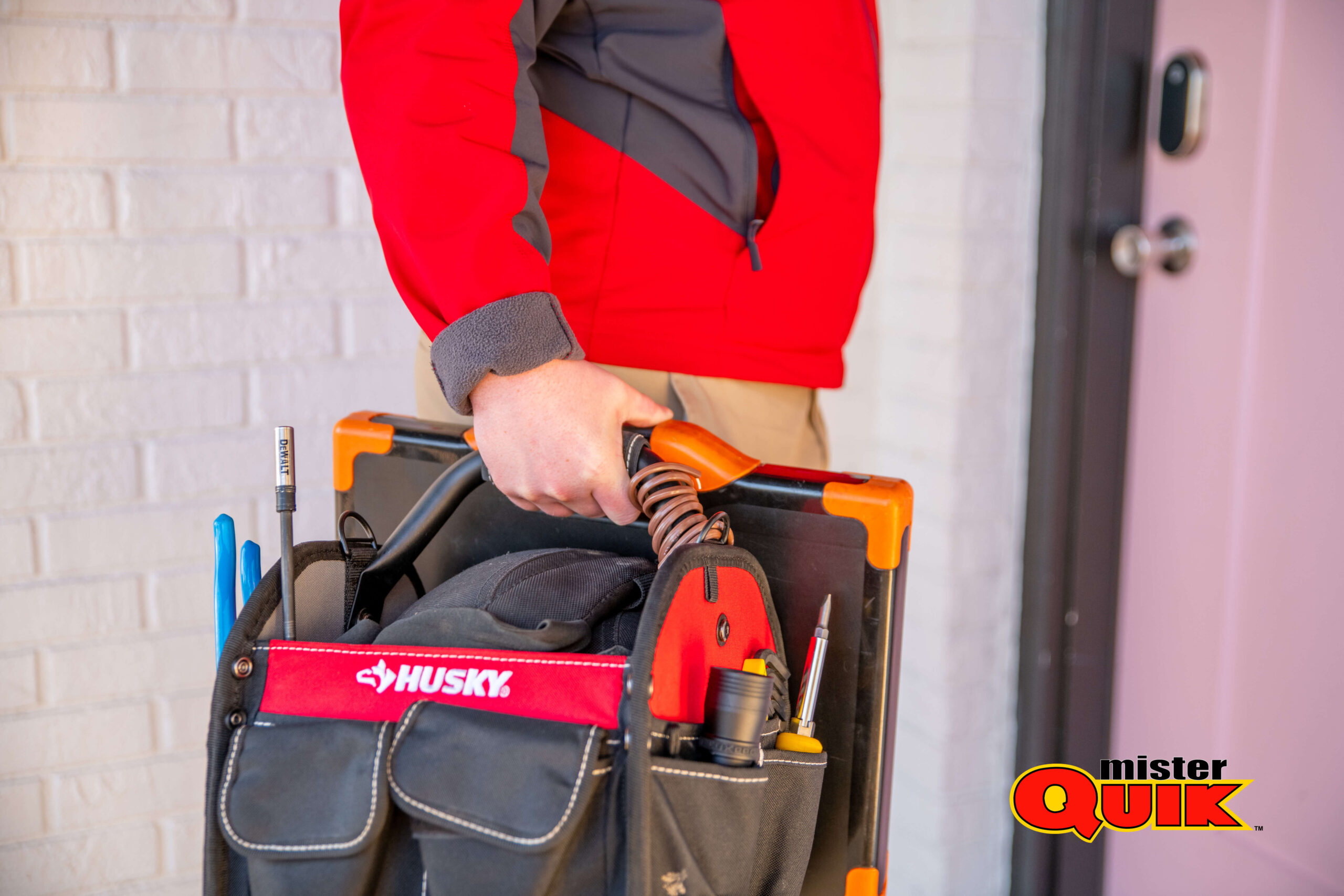
Indications That HVAC Duct Sealing Is Necessary In Your Home
Having leaky ducts in your HVAC system can be a real drag on your comfort and wallet.
Here are some signs that your ducts might need sealing:
1. Uneven Temperatures:
- Hot and cold spots: Do some rooms in your house feel noticeably warmer or cooler than others, even when the thermostat is set to a comfortable temperature? Leaky ducts can allow heated or cooled air to escape before reaching certain rooms, creating temperature imbalances.
2. Reduced Efficiency:
- High energy bills: If your energy bills seem inexplicably high, leaky ducts could be a culprit. The harder your HVAC system has to work to overcome air loss from leaks, the more energy it consumes.
- Short cycling: Does your HVAC system seem to turn on and off frequently in short bursts? This could be a sign that it’s struggling to maintain the desired temperature due to air leaks in the ducts.
3. Airflow Issues:
- Weak airflow: Do you feel weak or uneven airflow from your vents? Leaky ducts can divert airflow away from vents, leading to insufficient air circulation throughout your home.
- Strange noises: Do you hear unusual noises like whistling, hissing, rattling, or banging coming from your vents when the HVAC system is running? Air escaping through leaks can create these sounds.
If you’re experiencing several of these signs, it’s a good idea to call a qualified HVAC professional to inspect your ductwork and recommend the best course of action. Sealing leaks can improve your home’s comfort, energy efficiency, and indoor air quality.
Signs Of Improperly Sealed Ductwork
We previously discussed how leaky ducts can wreak havoc on your home’s comfort and efficiency. Let’s delve deeper into the specific signs that indicate improperly sealed ductwork, both visually and through some less obvious clues.
Gaps and Cracks: Take a look around your basement, attic, crawl space, or wherever your ductwork is located. If you see any visible gaps or cracks in the ductwork itself, around connections, or near registers, that's a clear indication of leaks. Uninsulated Ducts: While leaks are the main concern, poor insulation can also be a red flag. Ductwork that runs through unconditioned spaces like attics or crawl spaces should be properly insulated to prevent condensation and potential corrosion, which can lead to leaks down the road.
Increased Dust: Leaking ducts can suck in dust and debris from your surroundings, leading to dustier rooms and potentially exacerbating allergies. Drafty Rooms: Even if the overall temperature seems off, drafty rooms can also be a sign that leaks are allowing conditioned air to escape before reaching those areas.
Some homeowners choose to take on duct sealing as a do-it-yourself project. Start by sealing air leaks using mastic sealant or metal tape and insulating all the ducts that you can access (such as those in attics, crawlspaces, unfinished basements, and garages). Never use duct tape, as it is not long-lasting.
While tape is a quicker and easier remedy, it is more costly and less long-lasting in the long term. Mastic air duct sealant is a preferable solution. It is a sticky material that hardens once put into your ducts. The ideal alternative is a water-based mastic duct sealer, which is easy to clean and lasts a long time.
You’ll notice some telltale signs if your home’s ductwork is leaky: abnormally warm or cold rooms, high utility bills, dust accumulation around vents, condensation on ducts, and loud whistling or whooshing sounds when the HVAC runs can all indicate leaks.
Despite the major benefits that they can provide, UV lights are generally one of the most affordable options for quickly improving your home’s indoor air quality.
Despite the major benefits that they can provide, UV lights are generally one of the most affordable options for quickly improving your home’s indoor air quality.
Do Ducts Need To Be Cleaned Prior to Sealing?
Sealing leaky ducts is a great way to improve your HVAC system’s efficiency and indoor air quality, but you might be wondering if cleaning the ducts is necessary first.
Here’s the breakdown:
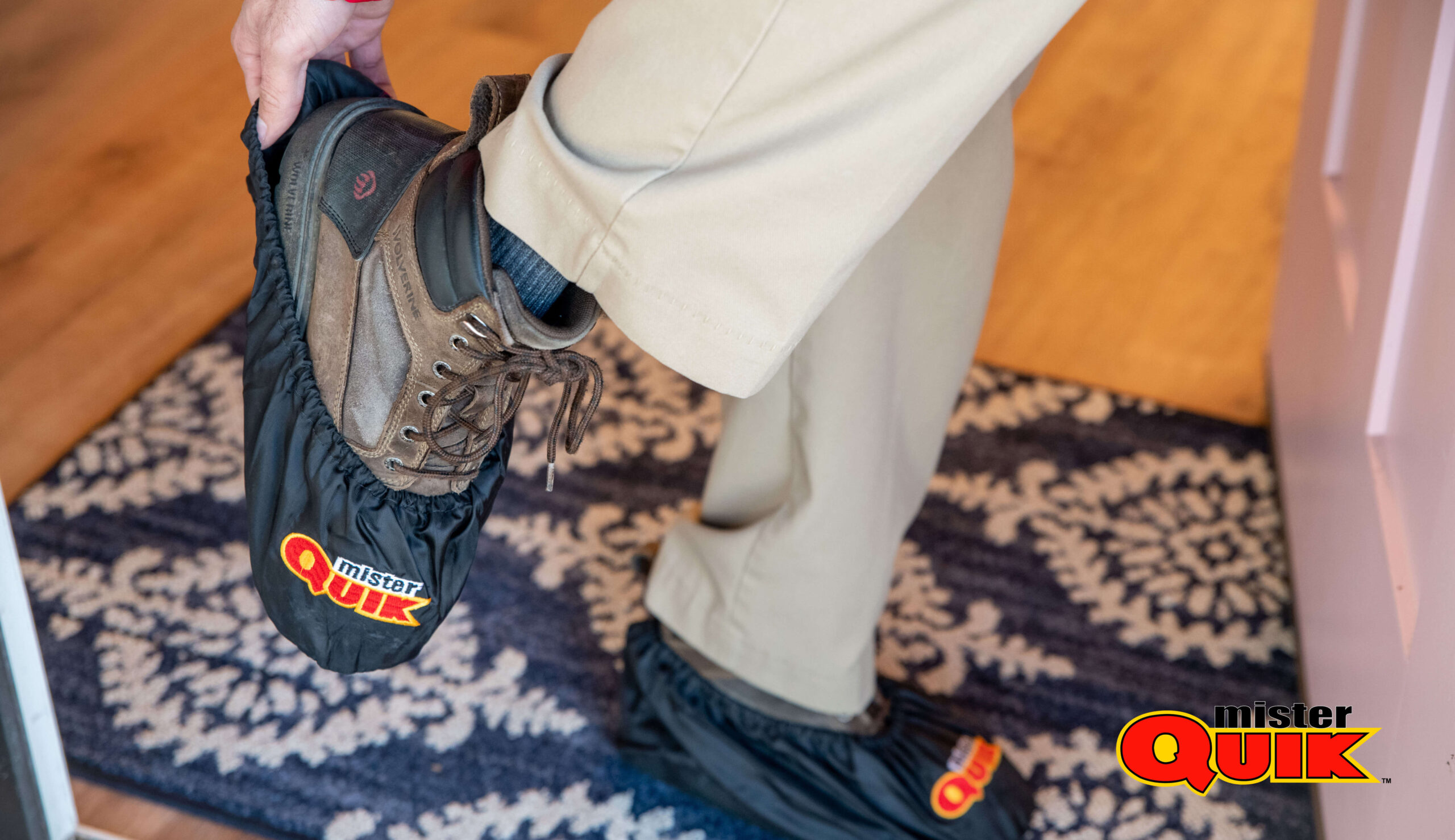

- Why Cleaning Before Sealing Makes Sense: Imagine sealing a leaky pipe with dust and debris caked around the opening. The seal wouldn’t be very effective, would it? The same principle applies to duct sealing. Ideally, you want a clean surface for the sealant to adhere to for a long-lasting and effective seal.
- Better Sealant Adhesion: Dust and debris can act like a barrier, preventing the sealant from properly bonding to the ductwork. A clean surface allows for a stronger and more durable seal.
- Reduced Risk of Airborne Contaminants: The process of sealing ducts can stir up any dust or debris lurking inside. Cleaning beforehand minimizes the risk of these contaminants being circulated throughout your home once the system is turned back on. This is especially important for those with allergies or respiratory sensitivities.
- Exceptions to the Pre-Cleaning Rule: While pre-cleaning is generally recommended, there can be situations where it might not be necessary:
- Newer Ducts with Minimal Dust: If your ducts are relatively new and haven’t accumulated much dust or debris, a thorough inspection by a qualified professional might suffice before sealing.
- Aeroseal Sealing Technology: This specific duct sealing method uses a special sealant that can penetrate light layers of dust and debris to form an effective seal from within the ductwork.
- The Final Call:Consulting with a qualified HVAC professional is always the best course of action. They can inspect your ductwork, assess the level of dust and debris buildup, and recommend the most appropriate approach for your specific situation. In most cases, pre-cleaning your ducts before sealing will optimize the effectiveness and longevity of the seal, leading to a more comfortable and energy-efficient home.
Duct Sealing Services In Carmel Indiana
Now that you understand the importance of clean ducts for a proper seal, let’s delve into what you can expect during a duct sealing service in Carmel, Indiana:
A reputable HVAC professional will typically start with a thorough inspection of your ductwork. This might involve: Visually inspecting the ducts for any visible tears, gaps, or areas where connections might be loose. Checking the insulation around ducts, particularly those running through unconditioned spaces like attics or crawl spaces. Using specialized equipment like video cameras or negative pressure testing to pinpoint leaks that might not be readily apparent during a visual inspection.
As discussed earlier, pre-cleaning your ducts is generally recommended for optimal sealing results. The cleaning process typically involves: Using powerful vacuums to remove dust, debris, and any contaminants lodged within the ductwork. Cleaning the registers and grilles throughout your home to remove dust buildup at the air outlets.
Once the ducts are clean and dry, the sealing process can begin. Here's a general outline: The technician will locate and access all the identified leaks in your ductwork. This might involve removing some duct access panels for better reach. They will then use a professional-grade sealant specifically designed for ductwork applications. The type of sealant used may vary depending on the specific needs and materials of your duct system. The sealant is meticulously applied to all leaks, ensuring a complete and long-lasting closure. After the sealant cures (drying time can vary depending on the product used), the technician will typically perform a final inspection to ensure all leaks have been effectively sealed.
Why Not DIY My Duct Leaks?
- Expertise and Tools:
- Finding Leaks: Not all leaks are readily apparent. Professionals use specialized equipment like video cameras or negative pressure testing to locate hidden leaks you might miss during a DIY inspection.
- Choosing the Right Sealant: There are different types of sealants suitable for various ductwork materials and applications. Professionals have the knowledge and experience to select the most appropriate sealant for your specific duct system.
- Proper Sealing Techniques: Applying sealant effectively requires proper technique to ensure a complete and long-lasting seal. Professionals are trained in these techniques and use high-quality materials designed for ductwork applications.
- Peace of Mind and Warranty:
- Guaranteed Results: A reputable HVAC contractor will typically offer a warranty on their duct sealing work. This gives you peace of mind knowing the leaks are properly sealed and if any issues arise, they’ll be addressed under warranty.
- Avoiding Further Damage: Improper DIY repairs can worsen leaks or damage your ductwork. Professionals have the expertise to avoid causing any unintended harm during the sealing process.
Cost Considerations:
While a DIY approach might seem like a cost-saver initially, the potential downsides can outweigh the initial savings. Factoring in the cost of renting equipment, purchasing the right materials (which might go to waste if you lack experience), and the risk of needing to call a professional to fix any mistakes you make can quickly add up.
When you consider the safety concerns, the expertise required for a proper and lasting seal, and the peace of mind that comes with hiring a qualified professional, duct sealing is typically an investment that pays off in the long run.
How Can Duct Sealing Save You Money?
We’ve covered why tackling duct leaks yourself might not be the best idea. Now, let’s circle back to the financial benefits of having a professional seal your leaky ducts. Remember, leaky ducts can waste a significant amount of energy, which translates to higher utility bills.
Here’s how duct sealing can help you save money:
Leaky ducts allow heated or cooled air to escape before it reaches your living spaces. This forces your HVAC system to work harder and longer to maintain the desired temperature, leading to increased energy consumption. Sealing the leaks prevents this wasted energy, resulting in lower monthly utility bills.
Improved System Efficiency: A well-sealed duct system allows your HVAC system to operate at peak efficiency. This means it doesn't have to overexert itself to compensate for lost conditioned air, reducing wear and tear and potentially extending the lifespan of your system.
Studies by the U.S. Department of Energy suggest that duct sealing can yield a return on investment within three years through energy savings alone. That means the money you save on your utility bills can quickly offset the cost of having your ducts professionally sealed.
Beyond immediate energy cost savings, duct sealing can also lead to long-term financial benefits by: Minimizing strain on your HVAC system: Reduced wear and tear from overexertion can potentially extend the lifespan of your system, delaying the need for costly repairs or replacements. Improved indoor air quality: Leaky ducts can allow dust, allergens, and other contaminants to circulate throughout your home. Sealing the leaks can improve indoor air quality, potentially reducing the need for air purifiers or allergy medications.
By investing in professional duct sealing, you’re not just making your home more comfortable, you’re also making a smart financial decision that can save you money on your energy bills, potentially extend the life of your HVAC system, and contribute to a healthier living environment.
- Look for abnormally warm or cold rooms in your home.
- Check for high utility bills or dust accumulation around vents.
- Learn how duct sealing can save you money on utility bills.
- Understand the long-term impact on indoor comfort and air quality.
- Notice condensation on ducts or loud noises when the HVAC runs.
- Evaluate if your home experiences discomfort despite the HVAC system running.
- Research reputable duct sealing services in Carmel, Indiana.
- Schedule consultations to assess the condition of your ductwork and discuss sealing options.
- Understand the risks and limitations of DIY duct sealing.
- Compare the benefits of professional duct sealing services.
